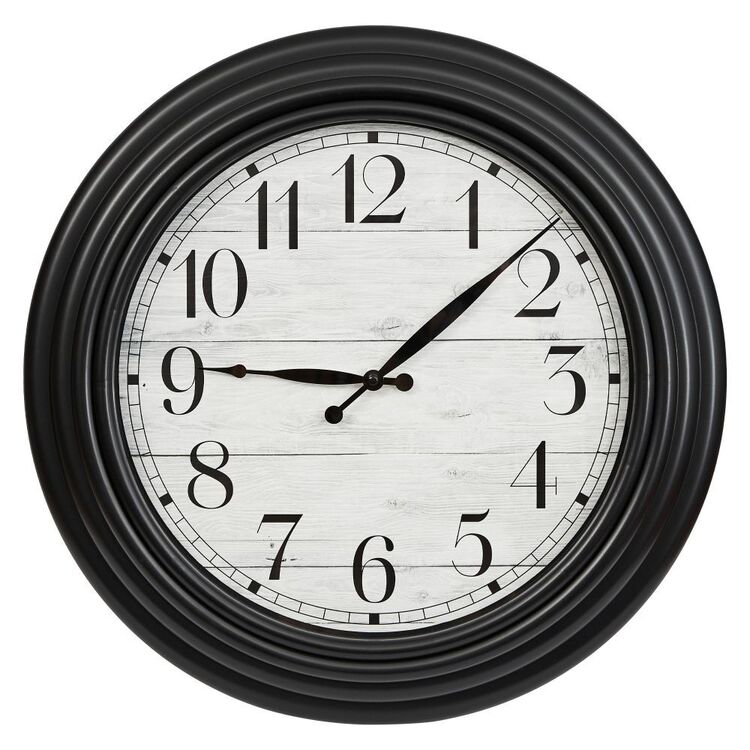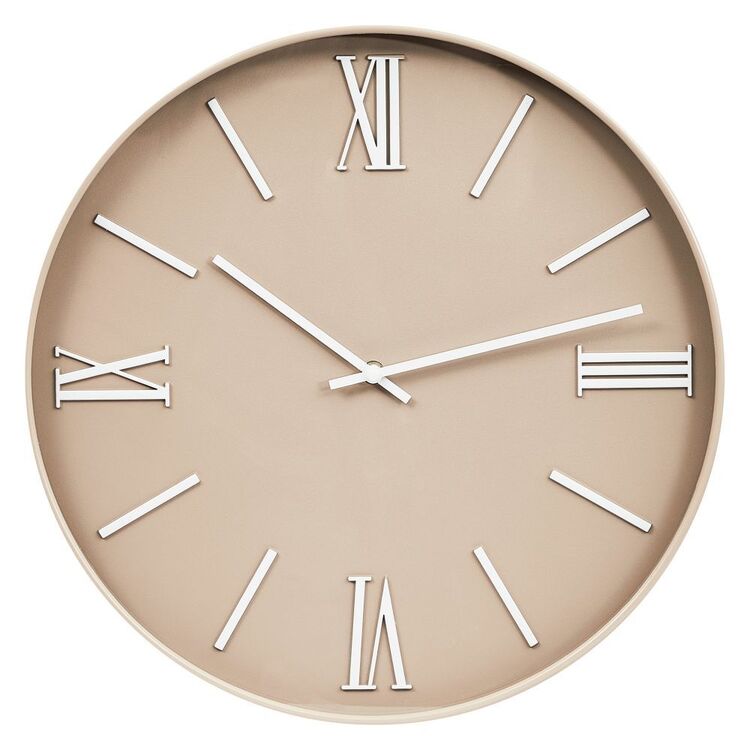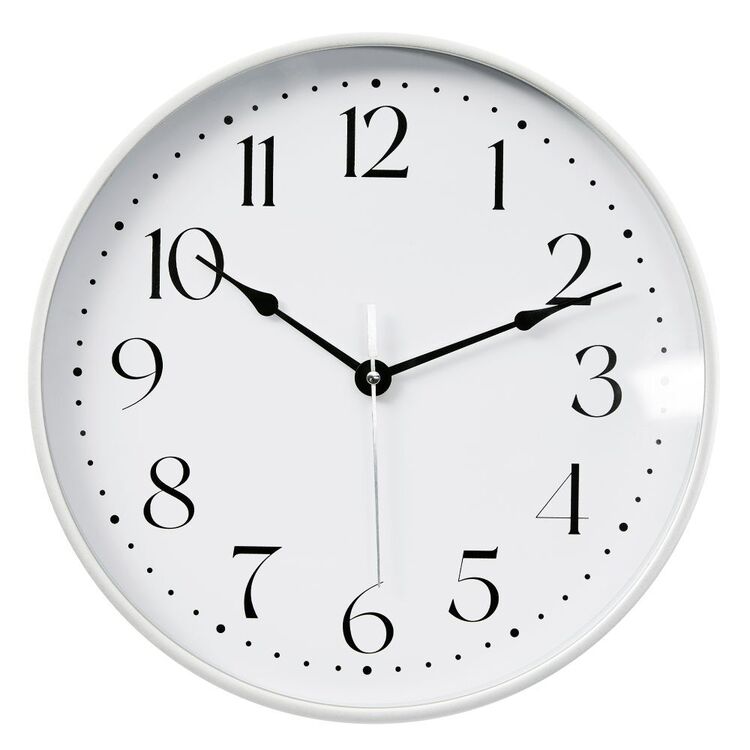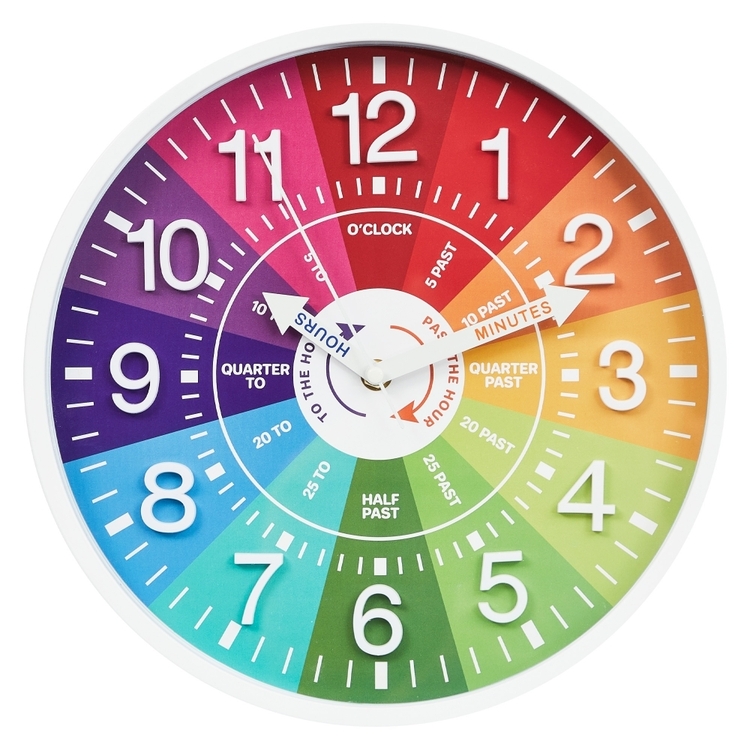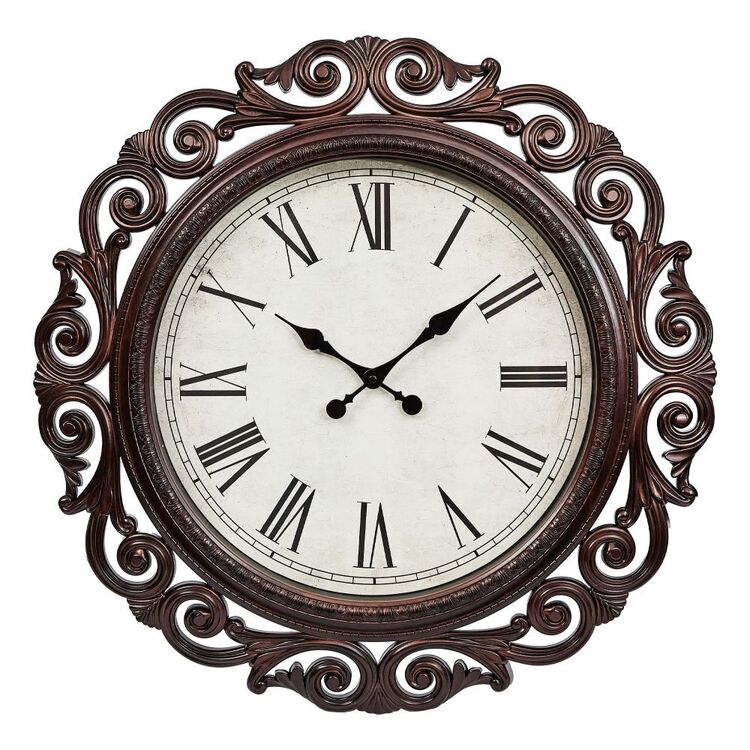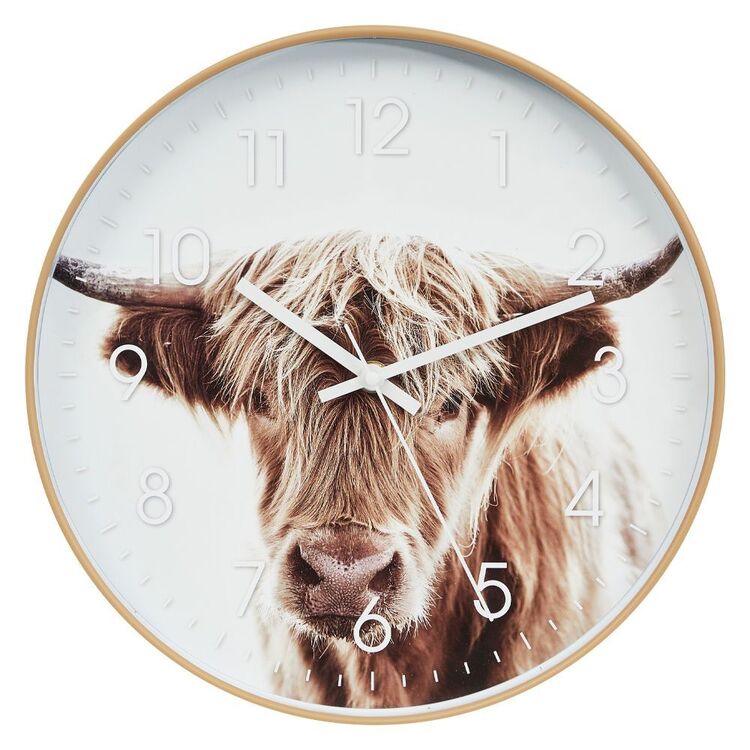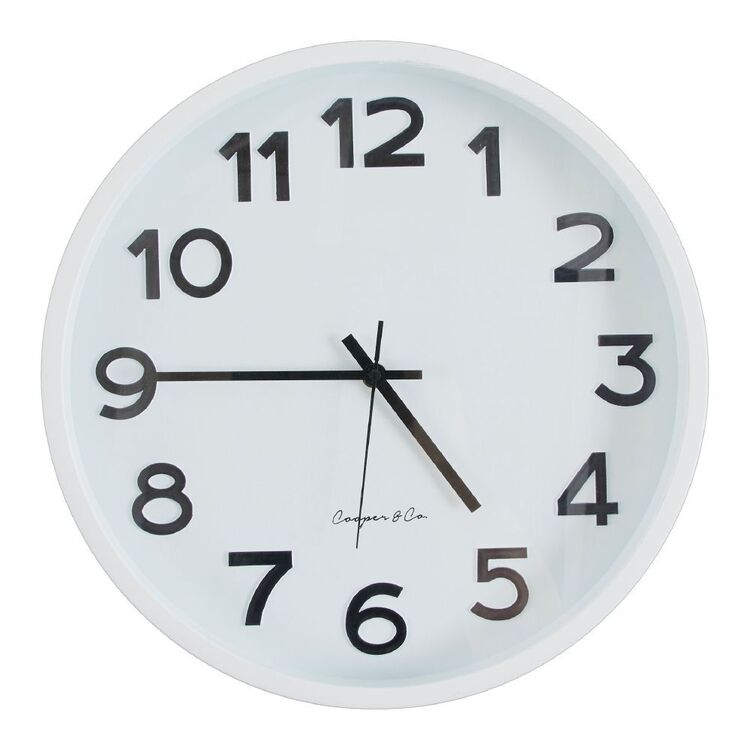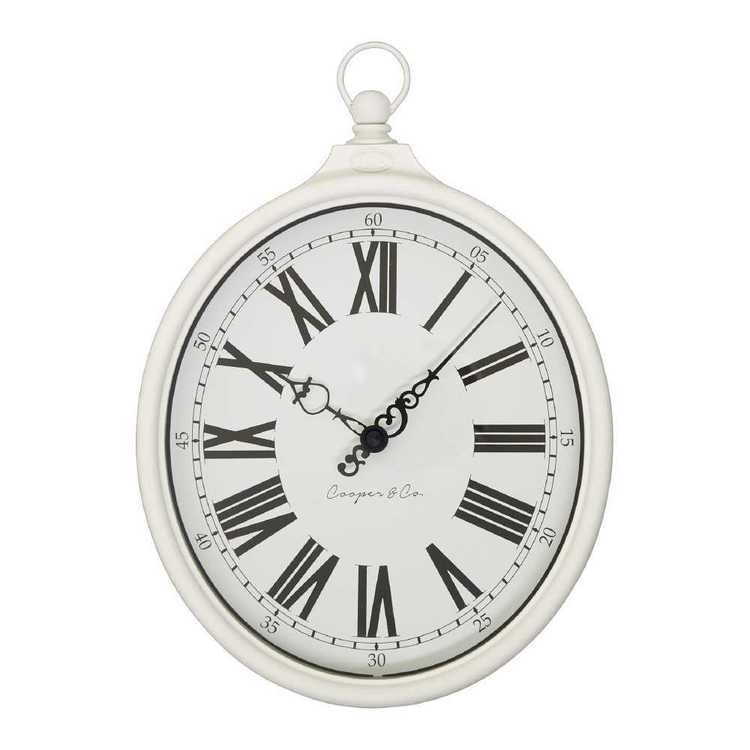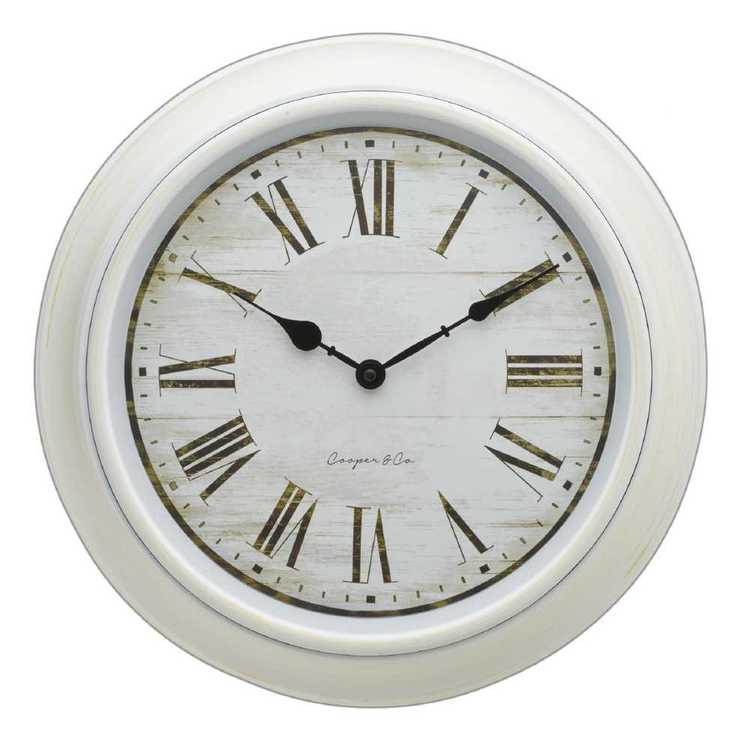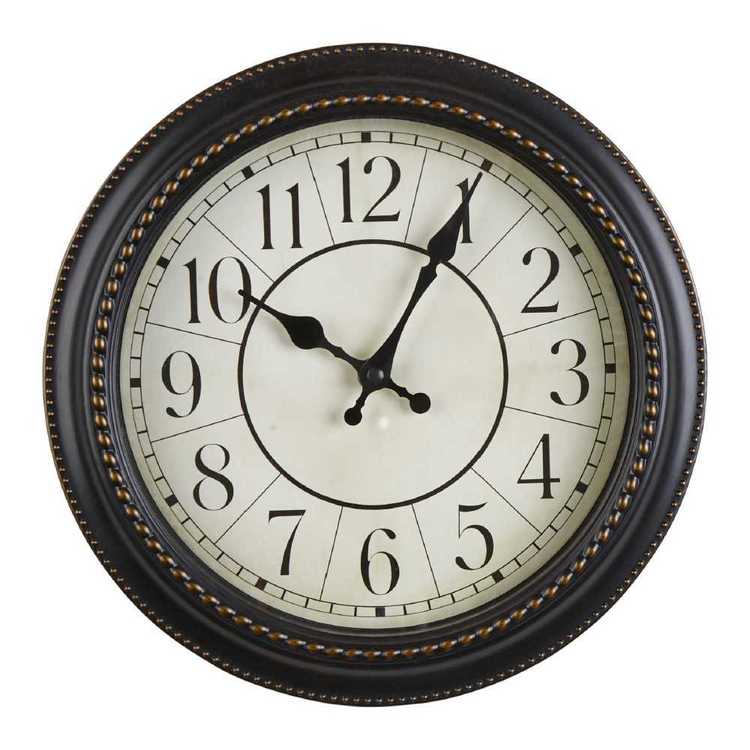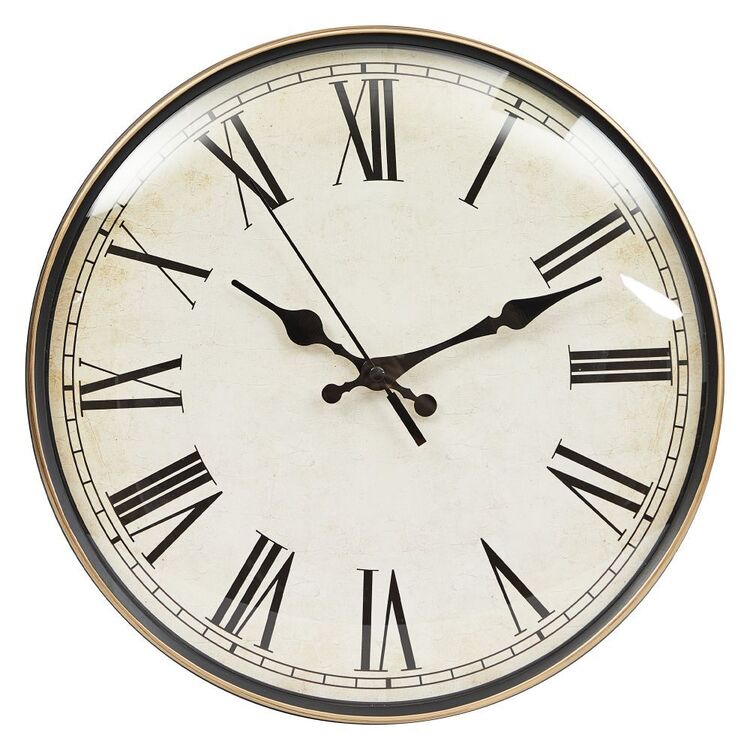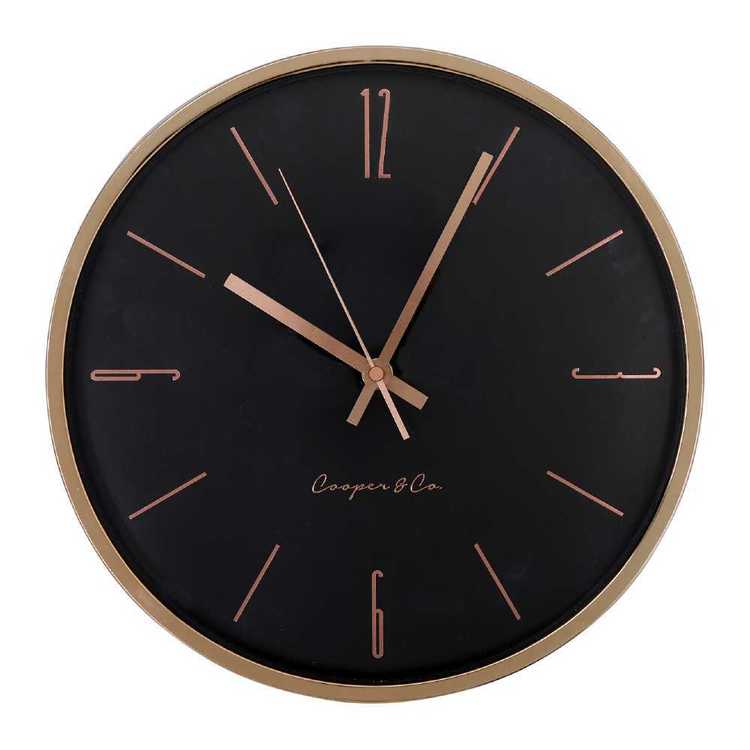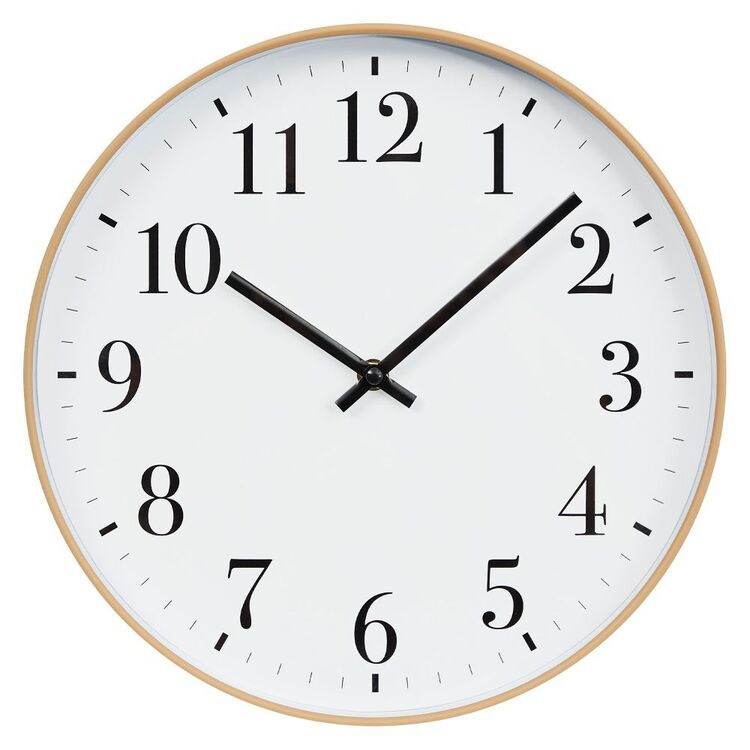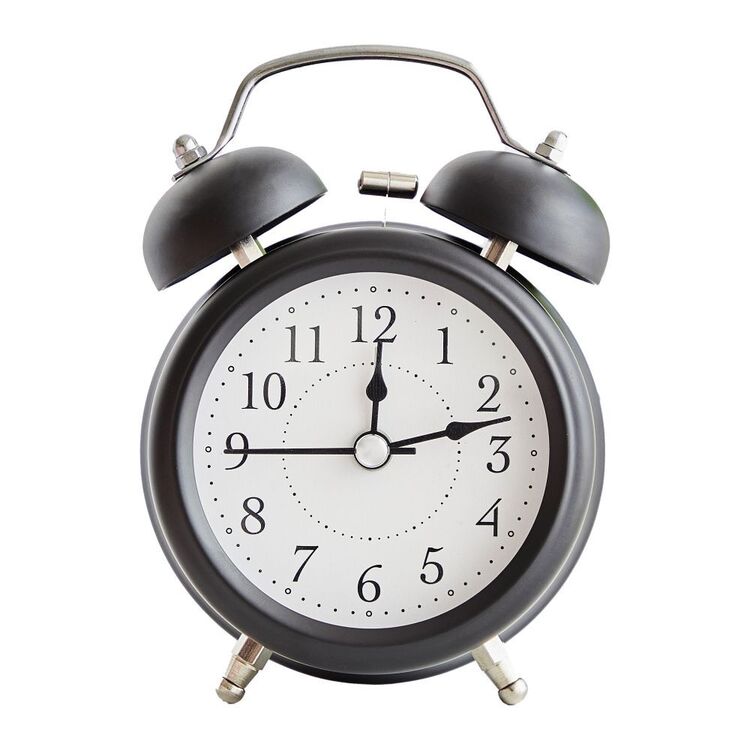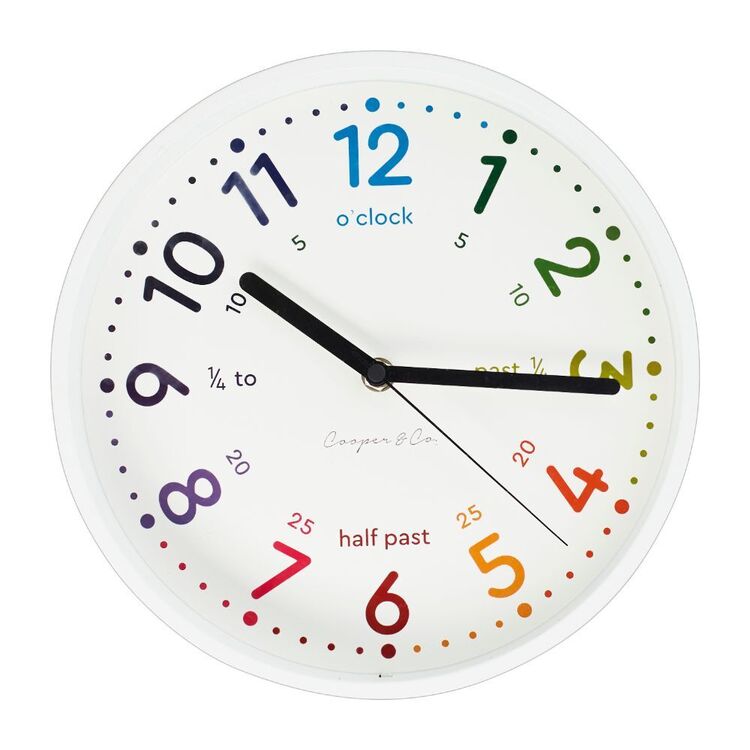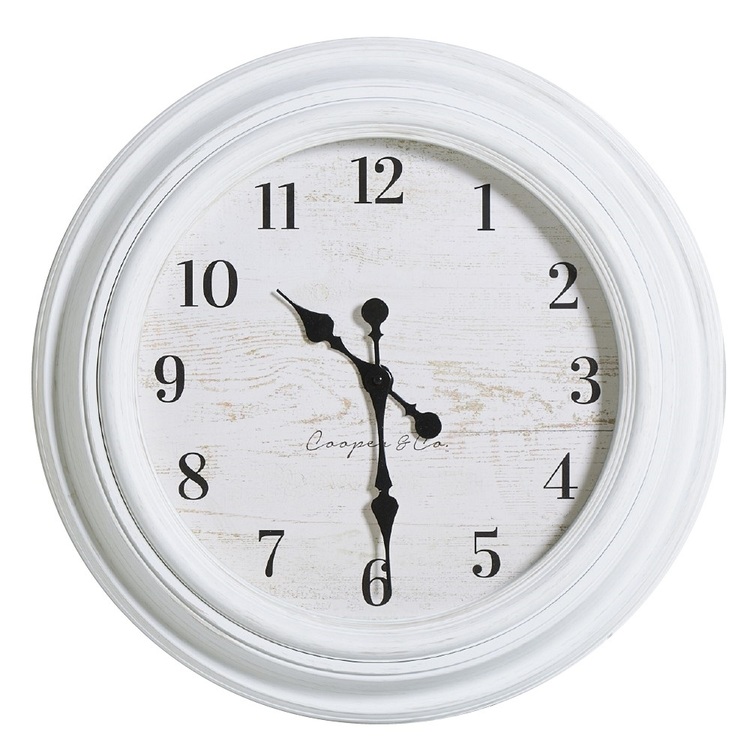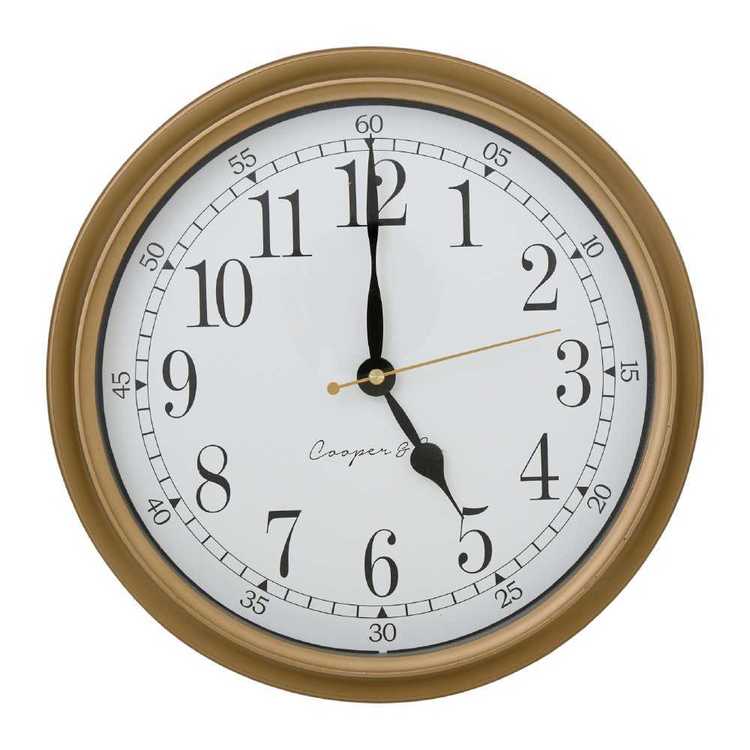 | ||
| Your browser is not supported. | ||
|
Please browse our site using any of the following options:
| ||
Clocks
Take time to discover our fabulous range of clocks at Spotlight. You will never be late again with one of these popular choices. Whether you are looking for something simple and elegant or to make a real style statement with your timepiece, we have clocks of all designs and sizes amongst this collection. With digital, wall and alarm clocks, as a well as a clock making kit so you can tell the time on your own crafty creation, shop clocks at Spotlight today.
34 items found.
Time For A New Clock From Spotlight!
Man has always been fascinated by time. The earliest type of clock dates as far back as four thousand years, so it is no surprise that modern clocks are still one of the most sold household items today! At Spotlight we offer a wide variety of wall clocks in all sorts of designs, from elegant roman numeral wall clocks to rustic, boho-style numbered wall clocks and everything in between. Whether you are looking for a functional clock or simply a clock to use as a decoration, you can find the right one to fit into your home's style of decor here!
Discover Beautiful Home Clocks For Everyone
Our wall clocks are easy to hang and come in a wonderful range of sizes, colours and designs. No matter if you have a carefully-styled romantic apartment, a farmhouse-chic home or a sprawling family home full of eclectic knick-knacks, Spotlight has a house clock that can blend right in - or stand out, if that's what you're after!
Wall Clocks FAQs
Where should I hang my wall clock?
If you choose to display a wall clock at home, it's important to hang it in a space that has a few key qualities. Ideally, any wall clocks will be in a space that is easy to see and accessible to the whole family, so areas like the kitchen, dining and living room are good choices.
Both vintage and modern clocks will always make a faint ticking noise, and at night this noise may seem quite loud! If you prefer quiet when you sleep, make sure the house clock isn't hung anywhere near bedroom doors or vents.
How to measure wall clock size
When hanging art, the general rule of thumb is that you want two-thirds of your wall space to be covered. For a large wall, this can seem like a lot of space to use - even the largest of decorative clocks may look a little lost hanging on their own on a wide wall. Make sure to support them with the right wall art if necessary!
The average wall clock diameter is between 30 to 60cm wide, with smaller clocks sitting at 21 cm and large clocks at a whopping 81cm - not far off from a metre! Large clocks can fend for themselves when hung in a smaller space, but smaller clocks should be kept from a large wall, as they will look lost and lonely all by themselves.
How to hang a clock on a wall
Hanging a clock can be done in the same way you would hang a picture on a wall. Be careful with nails and command strips, as clocks are heavier than they look, and the minute movements from the inner mechanisms may cause a weak hanging device to falter over time.
Look for specific hanging screws and hooks from hardware stores, as these are designed to stay in place and evenly distribute the weight of your wall clocks.
What Else Can I Find For My Home At Spotlight?
Utility and decorative clocks are great to decorate your home with, but don't forget to browse the other home decor selection at Spotlight! This includes:
- Mirrors - coming in large, small and all sorts of sleek shapes, our mirrors can help make a space seem larger, more modern and even help throw light around a dim space.
- Filled cushions - on the bed or the couch, squishy filled cushions are comfortable to lounge around with, plus they are the perfect way to add some bright pops of colour to your home.
- Wall art - from traditional framed landscapes to modern 3D hangings, there is something in our wall art collection to suit any home.
Find The Right Clocks At Spotlight
You can discover the perfect wall clocks for your home at Spotlight online or in-store today! Online orders can be safely paid for and home delivered, while shopping in-store allows you to take advantage of our knowledgeable staff - they'll have some great recommendations on the right clock to suit your space. For more great home decorating ideas, read our blogs on hanging mirrors, designing a tablescape and styling faux greenery. And ensure you are always buying the right cushions with our home decor cushions buying guide!




